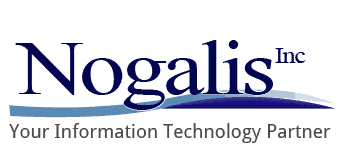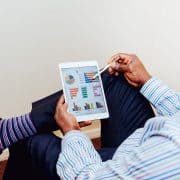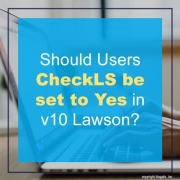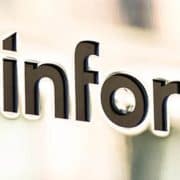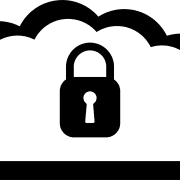Back in 2003, Salling Group implemented Quest PLM (product lifecycle management) and started digitalizing all design and development lifecycle processes, from sketch to store. Since then, Quest PLM has been acquired by Infor, and in 2016 Salling Group transitioned to the on-premises solution Infor Fashion PLM. In January 2023, the company decided to upgrade to the multi-tenant cloud version of PLM, which was successfully finalized nine months later. Per the press release, Salling Group needed a more flexible and high-performing PLM solution that was future-ready to address the fashion industry’s increasing demands for reporting and sustainability. Infor’s Cloud-Based PLM suite was just the solution. Additionally, Ptex Solutions, based in India, helped Salling Group implement the cloud-based Infor PLM for Fashion. The company is responsible for 90 percent of Infor’s PLM implementations worldwide. Previously, Ptex had also implemented on-premises PLM at Salling Group, so the team was familiar with their requirements. Moreover, according to Karen Tretow-Loof, users are extremely surprised by the short implementation phase and the intuitive, personalized user interface. “Usually, when you go live, a lot of bugs pop up that need to be fixed. But this time, there were very few bugs. It has to do with us being good at testing, but even more so with Ptex Solutions being so good at implementing PLM. Their customer-focused approach to implementation has contributed to success throughout the entire organization, which is why we have credited the overall project a score of 10/10,” she says.
For Full Article, Click Here
